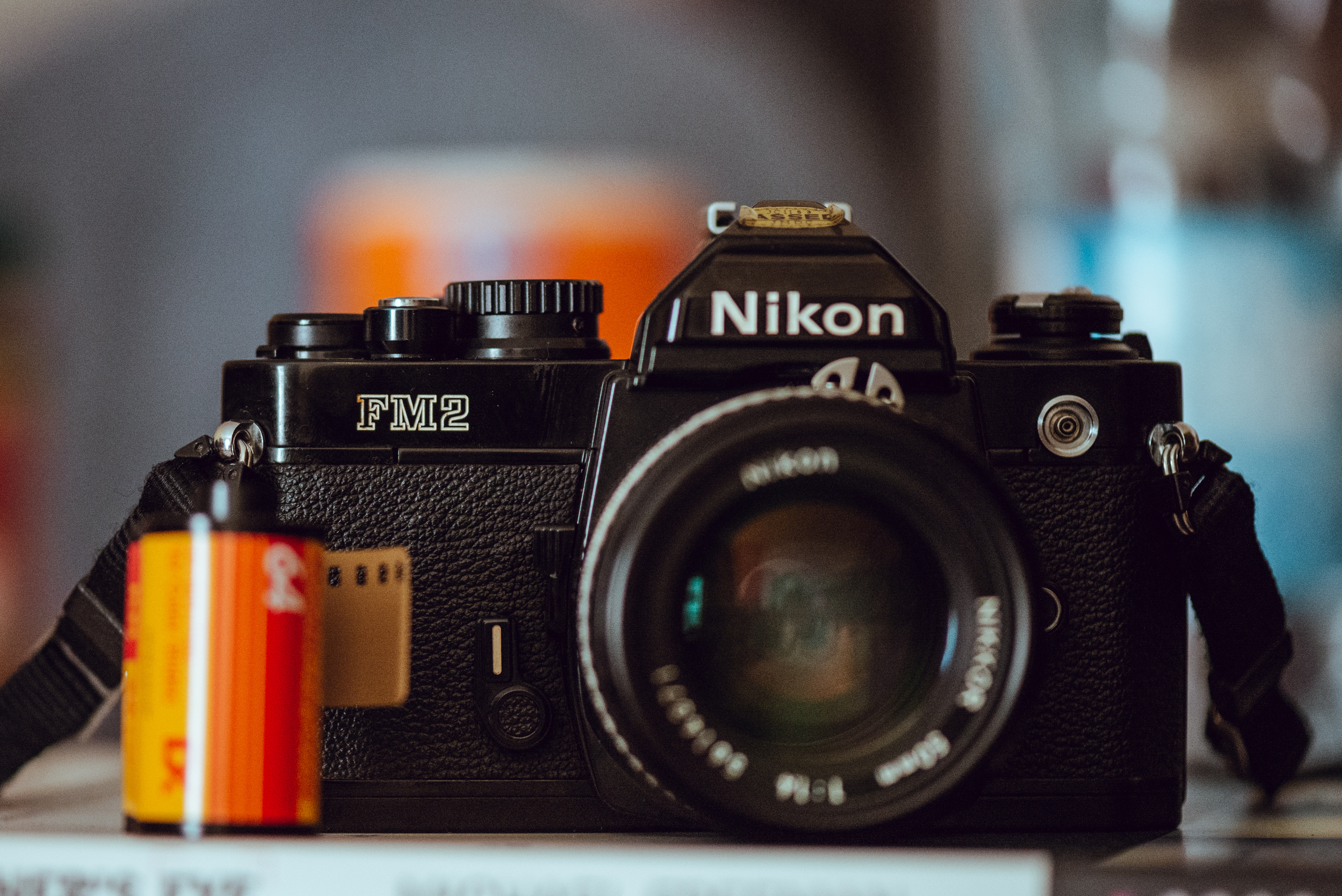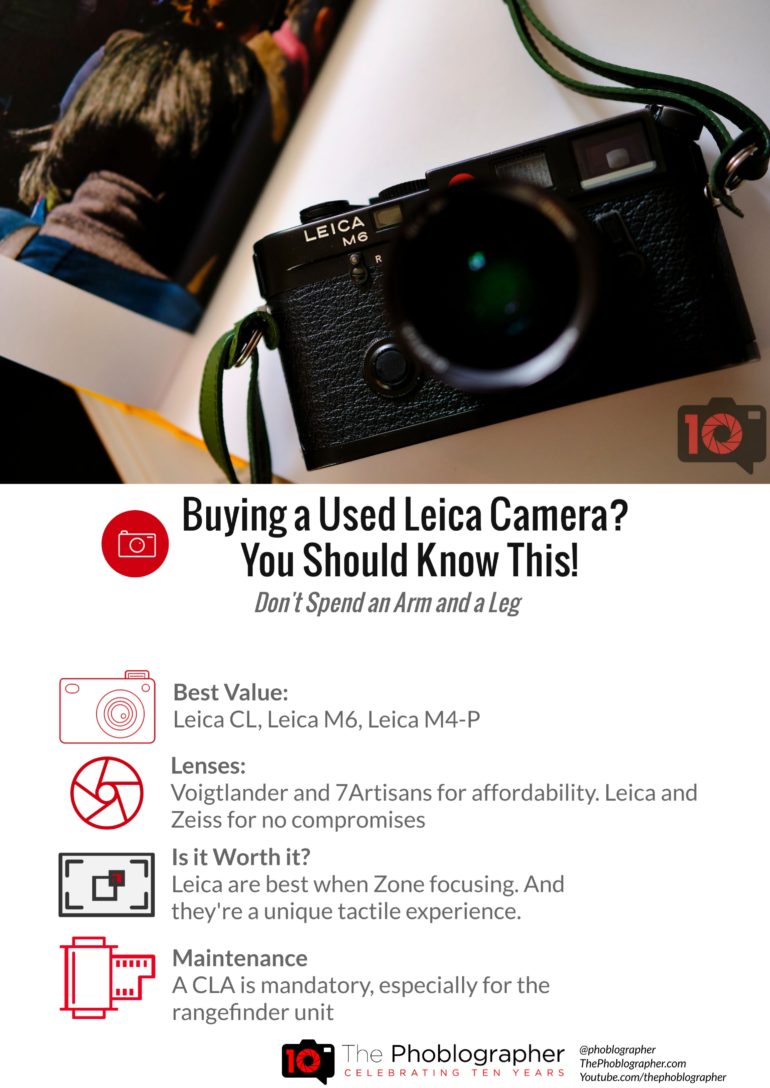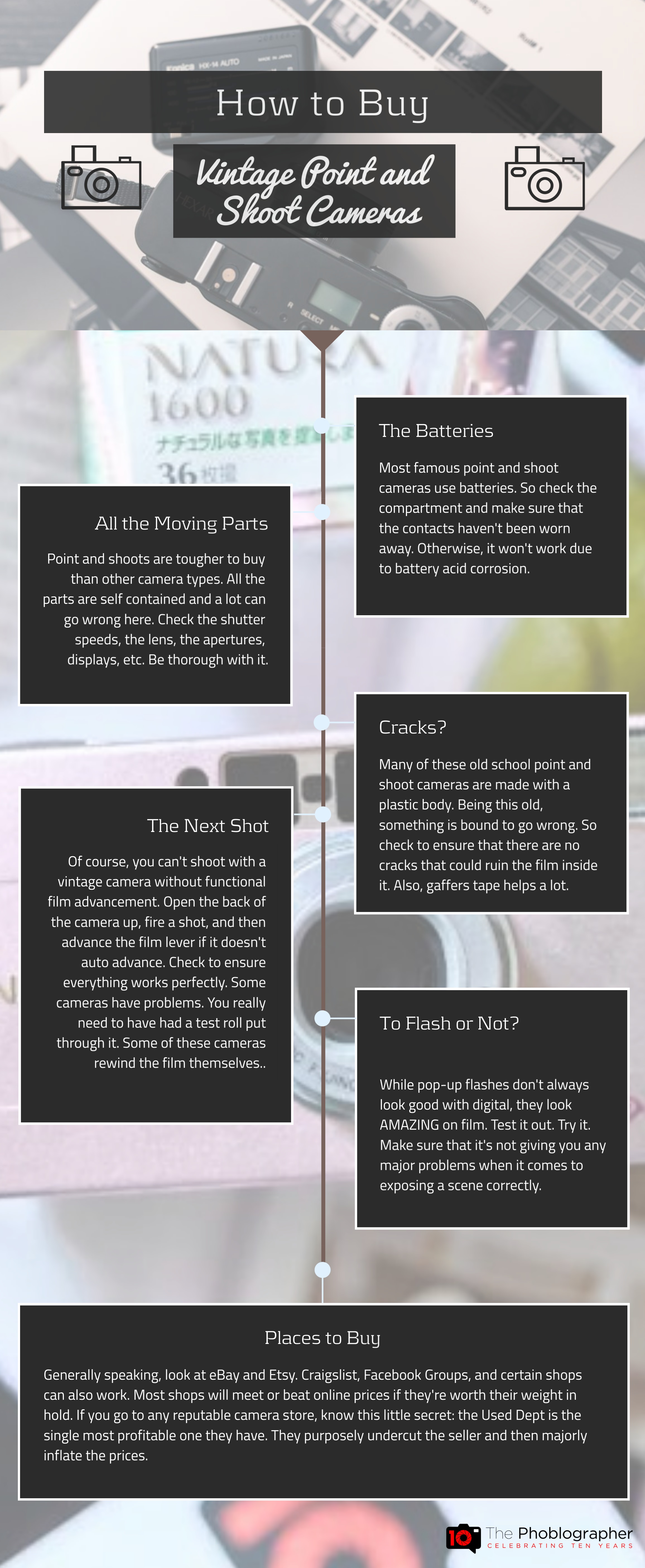There aren’t many things that bring some of us joy like vintage cameras. Vintage cameras have a lasting appeal that so many modern cameras don’t at all. There’s the feeling of metal, the knowledge that it will work, and so much more. Your vintage camera might even outlive you and you can pass it on to someone else. So if you’re considering buying one, we’ve got a fair amount of info for you. Here are three photography cheat sheets for those interested in vintage cameras.
View this article with minimal banner ads in our app for iOS, iPad, and Android. Get no banner ads for $24.99/year.
Specifically, this guide will focus on film cameras. Yes, it’s insane to know that a Vintage Camera these days could be referring to early digital cameras. Sure, there are folks who like shooting with an old digital Vintage Camera. But there aren’t many, to be honest. Most of us want the older film cameras that are big, heavy, and have a very specific feeling to them. Plus, they have soul. We’ve whet your appetite enough I’m sure. So dive into this quick guide!
Know What You’re Getting Into if You Want a Vintage Leica
Most Leica cameras are rangefinders. It may require some getting used to if you’ve only shot with SLR style camera bodies. You’ll also get the most out of your used Leica rangefinder by zone focusing. If you’re not familiar with the technique, be sure to check out our Guide to Zone Focusing Your Camera’s Lens. If you’ve only shot with digital cameras and you’re just getting into analog photography with your newly acquired used Leica, take the time to learn the ins and outs of its operation. Shooting with an analog Leica is a unique tactile experience that, once mastered, can be very rewarding.
For more, check out this blog post.
Electronic or Mechanical? A Very Big Question
While many vintage cameras are completely mechanical, some of the best examples we’ve seen in the past combine both mechanical and electronic elements. If a vintage camera features electronics built-in, it will need batteries in order to operate. Ensure that the battery compartment is free of any corrosion. Sometimes dead batteries are accidentally left inside vintage cameras, and the lead acid will leak out over time. This will lead to the battery terminals becoming corroded. While they can sometimes be cleaned, it’s best to try and find vintage cameras that are corrosion-free.
Be sure to check out more at this blog post.
Considering a Point and Shoot: Think About All the Moving Parts
“Point and shoot cameras are often self-contained. Unlike other types of cameras, their internal components are often tucked away and challenging to inspect. It can be hard to tell if something is broken or not, so you’ll want to be extra thorough when inspecting a vintage point and shoot. Is the lens focusing correctly? Are you able to adjust the aperture? Do all the shutter speeds work? If there are LCD screens, are all of them working and displaying the correct information? Be sure to dot all the I’s and cross all the T’s and give everything a once-over.”
Be sure to check out more at this blog post.




